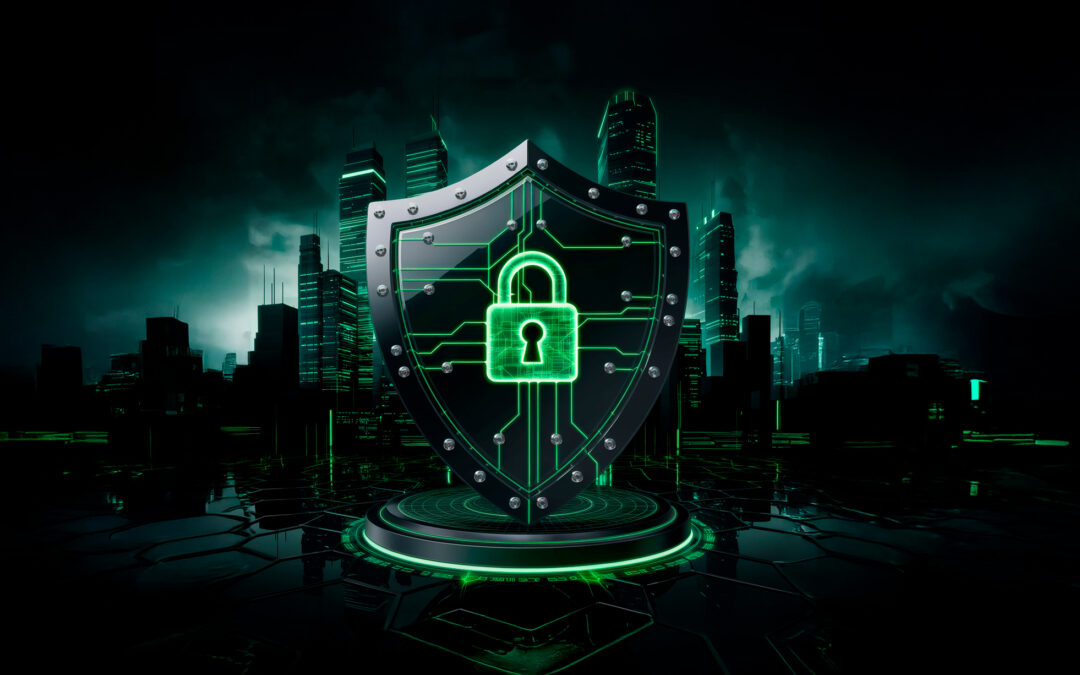Many Brazilian companies have faced a dangerous dilemma when deciding to pay ransoms after falling victim to ransomware attacks. Although this decision is often made in an attempt to minimize losses, it directly finances cybercriminals’ business model, ultimately encouraging future attacks. Therefore, it is crucial to understand that there is a more strategic and cost-effective alternative for business protection: investing in robust cybersecurity solutions that act as “insurance” against such attacks.
It is important to clarify that the “insurance” I refer to is not traditional cyber insurance, which is intended to provide financial coverage for the consequences of a cyberattack, such as recovery costs. While cyber insurance can be a complementary piece in a risk management strategy, it carries risks such as coverage exclusions, underestimation of threats, and denied claims due to contractual requirements or event interpretations. Additionally, it does not prevent attacks or mitigate their operational and reputational impact.
Instead, I am talking about an active and proactive form of insurance: a technological approach with robust strategies that prevent attacks from occurring or minimize their effects before they become uncontrollable. This means ensuring that companies are protected in real time with mechanisms that detect, block, and respond to threats immediately, significantly reducing reliance on reactive solutions.
Paying the Ransom is Not a Guarantee
Ransom payments, which can reach millions, not only strain a company’s budget but also create uncertainty. Paying does not guarantee that data or systems will be restored intact or free from additional vulnerabilities. Moreover, by paying, the organization signals to attackers that it is susceptible to future extortion, perpetuating a cycle of increasingly sophisticated and frequent attacks.
Now, consider a different approach: for a fraction of the cost of a ransom payment, businesses can implement advanced cybersecurity technologies alongside an effective strategy that not only minimizes attack damage but, in many cases, prevents attacks from happening altogether. A strategic investment in cybersecurity allows companies to block or interrupt a ransomware attack before it causes significant damage, preserving their data, operations, and reputation.
The Impact of an Attack Goes Beyond the Ransom
A ransomware attack does not only result in immediate financial losses. It puts a company’s reputation, market credibility, and even business continuity at risk. Investors, customers, and partners closely evaluate how an organization handles such incidents. Companies that demonstrate preparedness through clear prevention and response protocols are seen as more responsible and reliable, which can be decisive for their competitiveness in the market.
Additionally, attacks often exploit avoidable vulnerabilities such as outdated systems, compromised credentials, or human errors resulting from phishing and social engineering. Preventive measures like continuous monitoring and behavior-based threat analysis can drastically reduce the attack surface, acting across multiple layers to block threats and prevent lateral movement.
Prevention is Far Cheaper Than Remediation
The cybersecurity landscape is constantly evolving with increasingly advanced technologies. In response to persistent threats, investing in robust cybersecurity solutions such as XDR (Extended Detection and Response) enables companies to establish a strong barrier against cyber risks. By integrating artificial intelligence, automation, and full infrastructure visibility, XDR can detect and block anomalous behavior in real time before an attack progresses. This technology ensures protection against emerging zero-day attacks and unknown malware, limiting the impact of any attempted breach.
It is also worth noting that technology investments should go hand in hand with employee training. Continuous workforce education is a crucial component of a cybersecurity strategy. Awareness programs on best practices in digital security help build a well-prepared and vigilant “first line of defense.” Well-trained employees can identify phishing attempts and other threats, significantly reducing the risk of successful attacks.
Thus, a comprehensive investment in cybersecurity functions as insurance: it protects digital assets and prevents companies from being placed in a position of extreme vulnerability, where paying multimillion-dollar ransoms is the only option.
A Smart Business Decision
At the end of the day, cybersecurity is not just an operational expense—it is a fundamental strategy for business sustainability. While the cost of a cyberattack can be devastating, the cost of robust protection is predictable and significantly more affordable. Just as high-value insurance protects essential assets, well-structured cybersecurity solutions and trained teams safeguard the most valuable asset of any company: its information.
The decision is simple. Protecting your company now, with advanced technology and proactive security strategies, is not just about avoiding multimillion-dollar ransom payments—it is about ensuring the continuity, stability, and reputation of your business in the long term.
By Eduardo Bouças, CEO of Blockbit
With over 5,000 clients, Blockbit is the largest manufacturer of cybersecurity solutions in Brazil and can help you protect your business from a wide range of threats, vulnerabilities, and cyberattacks, whether internal or external, generic or targeted.

